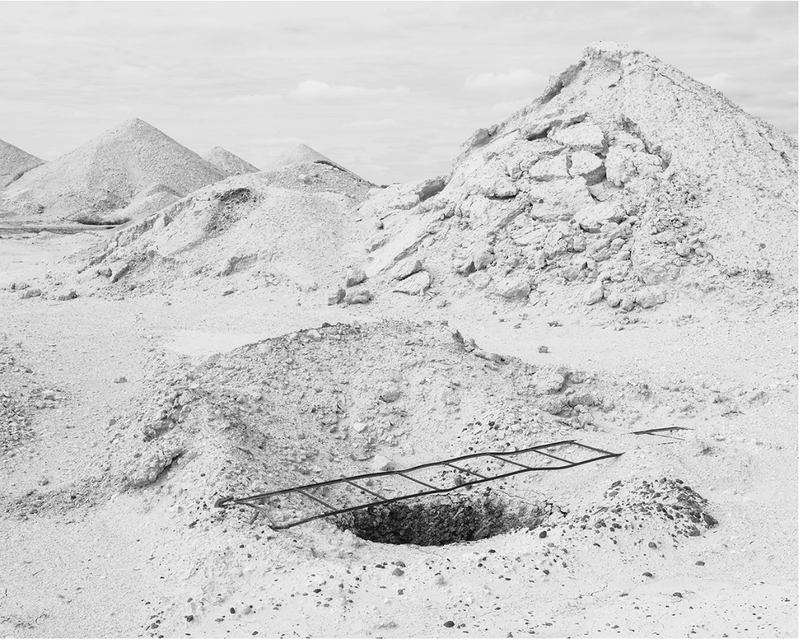Opal Hunting Deep in the Australian Outback
-
Published8 Mar 2017
-
Author
French photographer Antoine Bruy explains how he came to take this surreal image in Australia’s famous opal mining town of Coober Pedy.
French photographer Antoine Bruy explains how he came to take this surreal image in Australia’s famous opal mining town of Coober Pedy.
Coober Pedy in South Australia takes its name from the Aboriginal words ‘kupa piti’, which translates as ‘boys’ waterhole’, but it is commonly taken to mean ‘white man in hole’. People have been searching for opals in Coober Pedy for more than a hundred years. The first opal was discovered there in 1915 and since then people have been digging holes across the region. This image is from one chapter (titled The White Man’s Hole) in a larger body of work called Outback Mythologies that considers life in the Australian Outback.
The landscape of Coober Pedy is manufactured and you feel like you're on another planet. It's very hot, very sunny, and very dusty. I’d been in the town many years earlier and was amazed by what I saw, so I had wanted to return. I spent two weeks there and returned for another two after travelling for a while elsewhere in Australia.
I didn't know anyone in the town, or if the project and photographs I wanted to make would work. Eventually I managed to make contact with local people. I took this image during the second part of my stay when I was starting to gain the trust of the miners. They had been suspicious of me initially, but when I returned and showed them my images, they began to take me more seriously.
One day I was walking around the opal fields and noticed this hole in the ground. When framing the shot I was interested in the ladder, the hole, and the surrounding slag heaps. I chose to make the composition as simple as possible. Since I was shooting digitally I took lots of frames and it was only later, once I'd converted the images to black and white, that I realised some worked better than others, such as this one. The hole became really dark, and the rest of the picture was really white. I like how it could be a desert or a place covered in snow. I do think and see in black and white, but it’s more a case of if something feels right, I’ll take a picture.
I've been trying to find out more about the history of Coober Pedy, but when I spoke to local people, they were quite... well, they wouldn't answer my questions. I could sense some resentment on the part of the Aborigines who lived there - resentment perhaps at how white immigrants had come to the region looking for opal. In Aboriginal culture there is this strong feeling of belonging to the land, and when something is done to the land, it's almost like it hurts their mother.
--------------
Antoine Bruy is a French documentary photographer interested in people and their relationship to privacy, their physical environment, and to the economic and intellectual conditions that determine them. Follow him on PHmuseum and Instagram.
Gemma Padley is a freelance writer and editor on photography, based in the UK. Follow her on Twitter and Instagram.
--------------
Behind the Picture tells the story and anecdotes of an image from the PHmuseum community.

